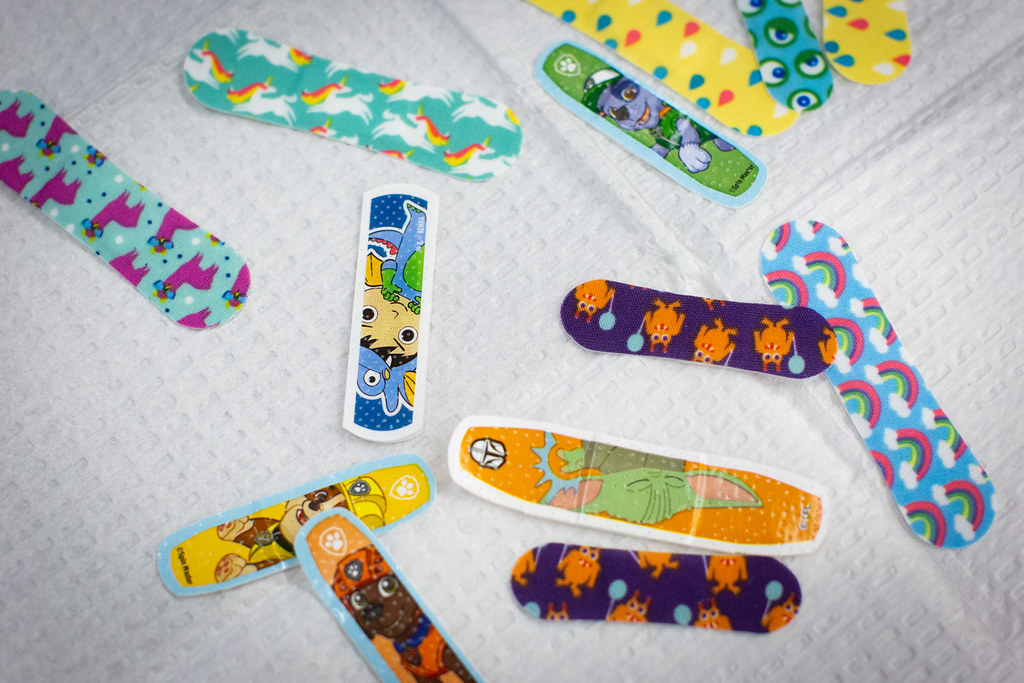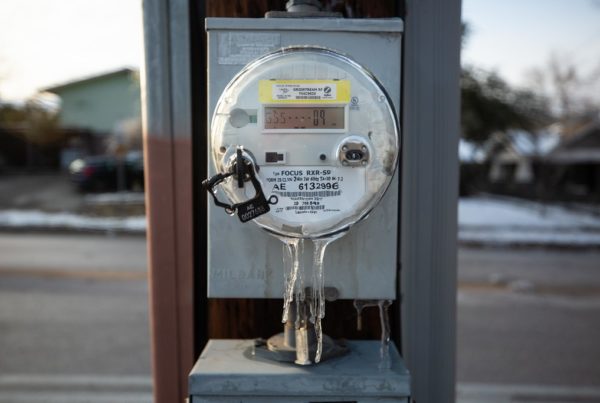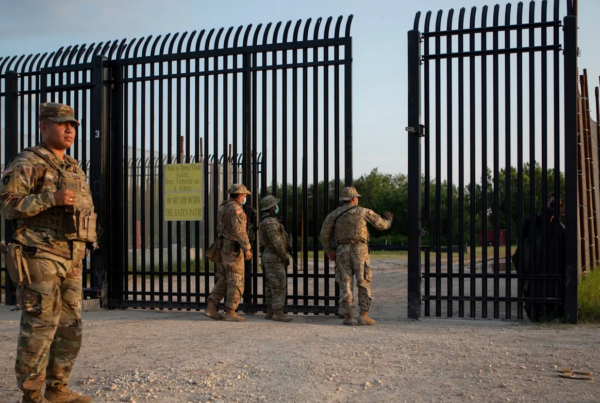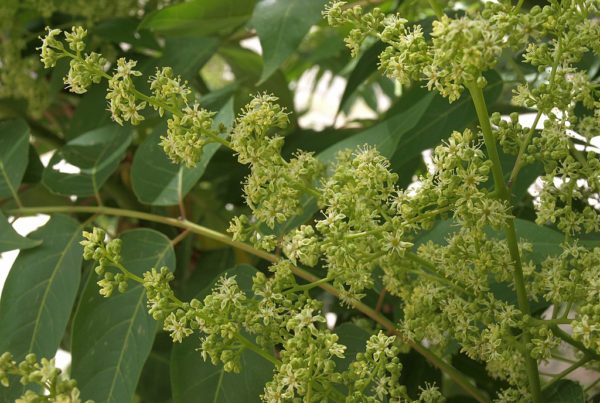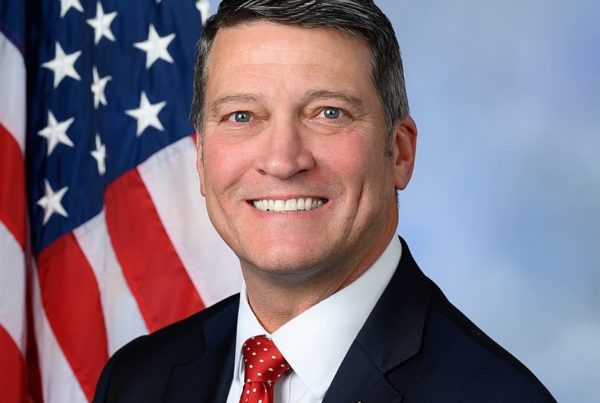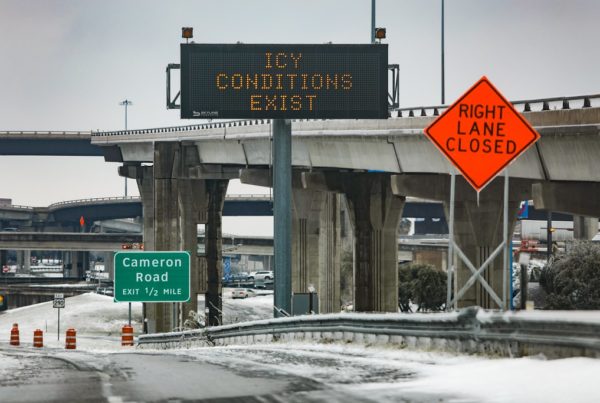Pfizer-BioNTech asked the U.S. Food and Drug Administration, or FDA, on Tuesday for an emergency use authorization for its COVID-19 vaccine for kids under age 5. It’s the only age group not currently eligible for vaccination.
The timeline for rolling out this vaccine has been set back a few times. Texas Children’s Hospital pathologist-in-chief and co-lead of COVID Command, Dr. Jim Versalovic, says trials about the effectiveness of a third round of this lowest-dose vaccine are still in the works. But he feels strongly that moving forward with the current information is the best decision.
“It’s so important because we know, in particular during this latest omicron surge, that we’ve seen a greater proportion of pediatric hospitalizations in this group of children under 5 years of age, and a greater proportion of children admitted to the pediatric ICUs,” Versalovic told Texas Standard. “And more than 40% of children admitted to our ICUs at Texas Children’s are previously healthy, without underlying medical conditions. So it has added a sense of urgency to this, during this latest surge, to get vaccines to children under 5.”
Hear more from Dr. Versalovic in the interview in the audio player above or read the transcript below.
This transcript has been edited lightly for clarity.
Texas Standard: What have been the main challenges in getting vaccines to this youngest group?
Dr. Jim Versalovic: First, that we’re tailoring the dose to the youngest children — those under 5 years of age. And, as we’ve done with vaccine trials over the past several decades, we know that children are not just small adults. We need to carefully consider their developmental stage as well as, of course, physical parameters and the health conditions of the children that we’re immunizing. The reality is that we need to administer a much lower dose. And so we’ve been administering one-tenth of the adult dose of the Pfizer-BioNTech mRNA vaccine to the youngest of children.
What are the risks that you and others might be particularly concerned about when it comes to vaccinating young kids against COVID?
We know that a child’s immune system is rapidly developing during the first year of life. These trials go down to 6 months of age. Before that, the mother can protect the child through passive immunity. But 6 months of age and above means that that immune system is still not fully mature. And so we need to make sure that the vaccine is working effectively and that we’re not seeing any adverse effects that may present very different, clinically, in a young child. And that’s why we have pediatricians and pediatric subspecialists working with patients during these trials, knowing what to look for when it comes to children, in terms of vaccine safety and effectiveness.
Most kids seem to display only mild reactions to COVID-19 to begin with. How important is it to make a vaccine available to them as quickly as possible?
It’s so important because we know, in particular during this latest omicron surge, that we’ve seen a greater proportion of pediatric hospitalizations in this group of children under 5 years of age, and a greater proportion of children admitted to the pediatric ICUs. And more than 40% of children admitted to our ICUs at Texas Children’s are previously healthy without underlying medical conditions. So it has added a sense of urgency to this during this latest surge to get vaccines to children under 5.
As with other vaccines that we’ve administered in early childhood, we know it’s important to prevent disease and infection, and we are highly confident in both the effectiveness and safety of this vaccine for our youngest children under 5.
There’s been some speculation that instead of two doses of the Pfizer vaccine, the kids would need maybe three shots. Is that what you’re hearing, and why?
That’s right, because Texas Children’s and other leading centers around the country participating in this multicenter vaccine trial noted that the immune responses in those children between 2 and 4 was not quite to the level that we had expected, anticipated. And so that raised the question in December whether we should move ahead rapidly and consider three doses.
And, of course, we often think about dosing schedules in children with more than a single dose, and it’s not unusual to have three. In this case we – we’re partnering with Pfizer, of course – and other centers quickly pivoted to that three-dose strategy.
But now, knowing this sense of urgency in protecting our youngest children, it’s clear that why not just begin evaluation of the two-dose strategy in parallel? And effectively, that’s what we’re trying to do now is evaluate two doses in parallel while we’re completing the studies of the third dose in children.
How would that three-shot regimen be different from the one given to those 12 and up who are getting two Pfizer shots and then a booster?
The difference would be we anticipate a more rapid timeline. And, of course, we’ve learned so much in the past year with these vaccines in adults, adolescents, and now school-aged children. The strategy would be to administer two shots three weeks apart, but instead of waiting five, six months, we would wait as little as two months to administer that third dose, so it would be a more compressed time schedule. But, we think, we anticipate, it will give children — the youngest children — the protection they need.
Have you witnessed any side effects in person or noticed anything anomalous in the data?
I’ve not seen or witnessed anything, certainly firsthand, in terms of serious adverse effects. And, of course, we want to be complete in our evaluation during these trials, and that’s why we know there’s, of course, a sense of urgency. But at the same time, we’re carefully evaluating that data. But to date, this vaccine has been remarkably safe in school-aged children and preschool children.
We’ve seen, of course, the minor effects of a shot, with some soreness in the arm and very minor effects in a 24-48 hour period, but nothing serious. It’s actually been quite impressive, the safety profile to date, and that’s why we’re so highly confident, keeping in mind that this doses one-tenth the dose of the adult dose. And that, of course, is putting a priority on vaccine safety, while at the same time making sure that the children are responding to the vaccine.
What are you seeing right now with COVID-19 and kids at Texas Children’s?
We have the largest children’s hospital in the country. We have diagnosed more than 40,000 cases. And during this surge, we’ve seen more children infected and more children hospitalized than in any prior point. The good news is, the numbers are trending downward. We’ve seen a steady decline in test positivity over the past two weeks from our peak on Jan. 7. We have certainly also seen, in parallel since mid-January, a drop of approximately one-third in terms of pediatric hospitalizations, those under 18 years of age, in patients with COVID-19. So, those are certainly reassuring numbers.
We expect that this decline will continue. The challenge is, we were at such a high peak that it’s going to take some time during the month of February for these numbers to continue to drop to reasonable levels and to truly say that we can emerge from the surge, hopefully by the end of the month or early March.


